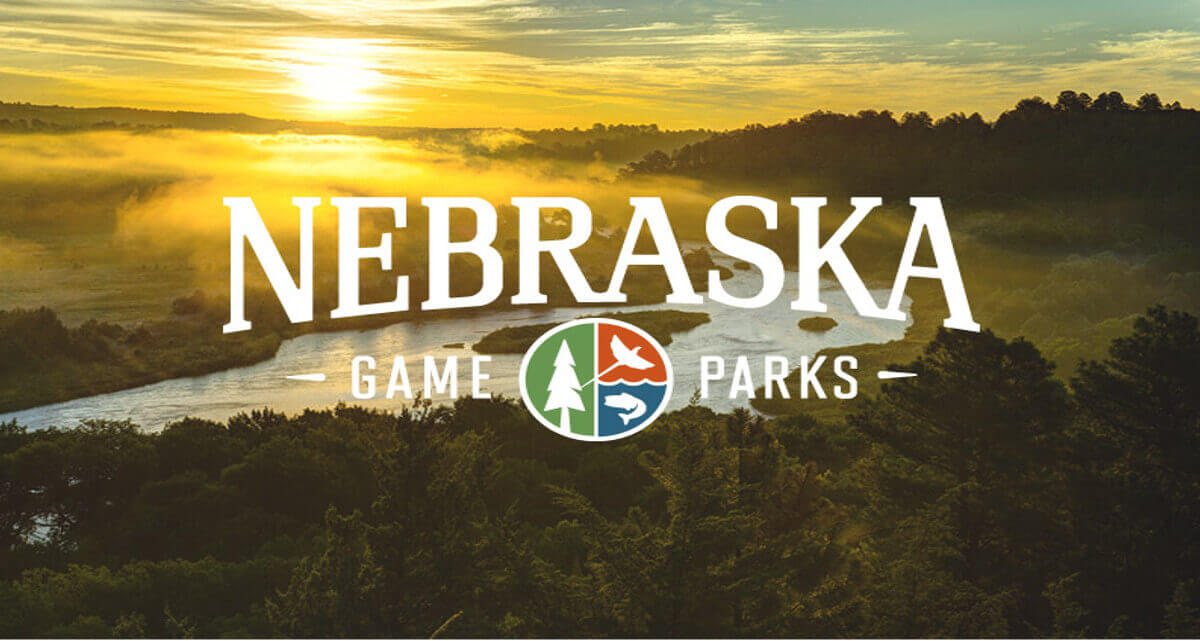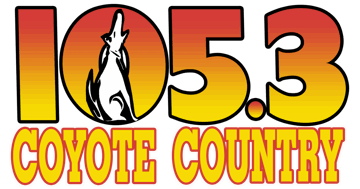Upland bird hunting prospects optimistic

Positive surveys and field reports point toward an optimistic outlook for Nebraska upland bird hunting seasons this fall.
“Surveys conducted this spring looked promising entering the breeding season, and with good habitat conditions, good production is expected,” said Bryan O’Connor, upland game program manager for the Nebraska Game and Parks Commission.
Pheasant
Statewide pheasant counts during this year’s April rural mail carrier survey increased 83% compared to 2024 and saw increases in all six pheasant management regions. However, statewide during our July rural mail carrier survey we calculated a 12% drop in comparison to 2024, and mixed results were observed at the management region scale.
According to surveys, the Panhandle and Southwest pheasant management regions should support some of the higher pheasant densities this fall. The Central, Northeast, and Sandhills management regions all saw increases this year compared to 2024. The Central management region also exceeded the 5-year and 10-year averages, while the Northeast exceeded the 10-year average. Pheasant habitat within these regions are relatively isolated, but where quality cover exists, hunters should find good pheasant hunting opportunities.
Northern bobwhite
The recent mild winter benefited northern bobwhite populations across much of the state, and results from spring and summer surveys show similar or increased numbers across the quail range. Statewide, whistle count surveys were higher compared to counts in 2024 and above the 5-year average, with increases in five of six management areas.
According to surveys, southeastern and south-central regions support the state’s highest quail densities and should provide quality hunting opportunities.
Prairie grouse
Breeding populations of sharp-tailed grouse and greater prairie-chickens appear to have overwintered well as lek observations this spring and rural mail carrier survey results indicate increases compared to 2024 in the Sandhills. Statewide rangeland conditions have improved greatly compared to the past few years and created quality nesting and brooding habitat for this year.
According to field reports, production has been good across most of the grouse range. Brood reports appear to be up from previous years, with most brood sizes being average to above average. Increased rainfall throughout the grouse range has produced great brood cover and plentiful insects.
Upland hunters should be aware the U.S. Department of Agriculture has authorized emergency haying and grazing of Conservation Reserve Program lands in most of Nebraska’s 93 counties due to drought earlier this year. This could affect available cover and associated hunting opportunities on some CRP fields, including some open to public walk-in hunting through Game and Parks’ Open Fields and Waters Program. For more information, visit OutdoorNebraska.gov and search “Emergency Haying and Grazing.”
The Upland Outlook is based on field reports from biologists, surveys of game species abundance, regional habitat trends, and weather conditions that could affect populations. To view the complete outlook, detailed summaries of upland bird survey results and other upland hunting information, visit OutdoorNebraska.gov/hunt/game/
To find places to hunt, pick up the 2025-26 Nebraska Public Access Atlas at a Game and Parks office or wherever permits are sold. This publication displays all the publicly accessible lands in Nebraska and is available in several online versions at OutdoorNebraska.gov/guides-
The hunting season for pheasants, quail and partridge is Oct. 25 through Jan. 31, 2026. The prairie grouse season is Sept. 1 through Jan. 31, 2026.
